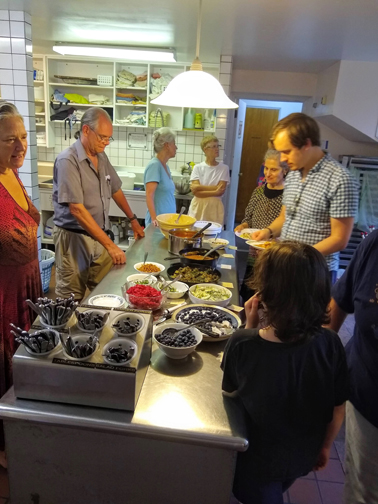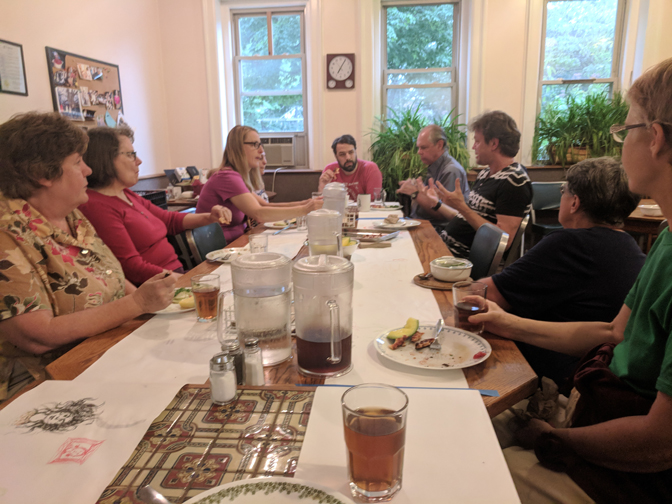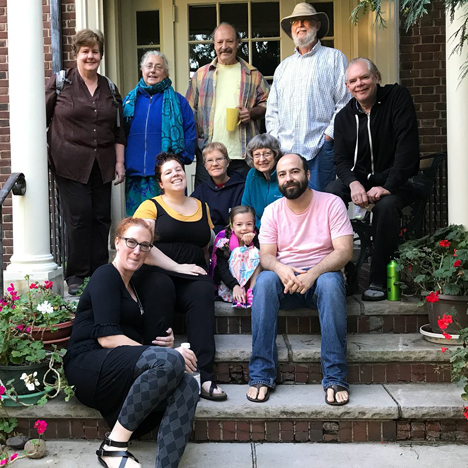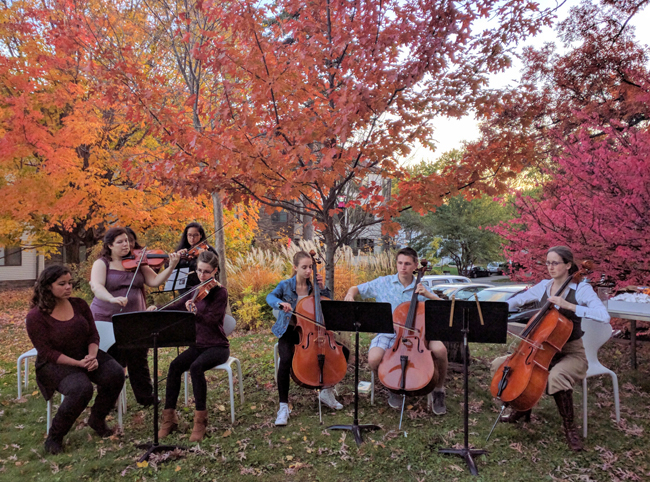This page was written as an article for the Re-Echo newsletter by Bill Beyer.
CHRISTIAN SCIENTISTS
Mary Baker Eddy founded the Church of Christ, Scientist in Boston in 1875. By the turn of the 19th Century, the sect had found enthusiastic adherents across the globe and inspired a virtual explosion of church-building from 1890 to 1910.
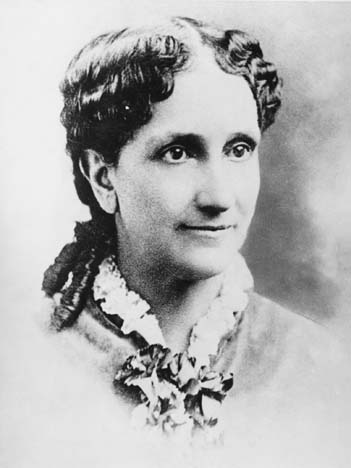
In Minneapolis, Mrs. Emma Thompson and her daughter Abigail, who had both studied under Eddy’s tutelage, organized their City’s Second Church of Christ, Scientist, the First Church presumably being already oversubscribed.
In 1901, a new limestone edifice was erected at the corner of 2nd Avenue and South 11th Street.
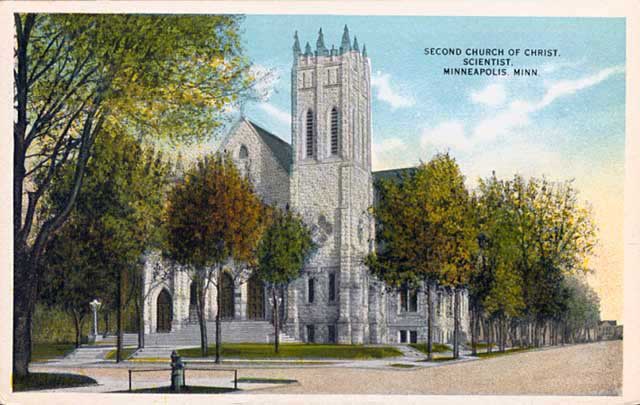
Below: The mother and daughter team flanks an interior photo of the 1901 Minneapolis’ Second Church of Christ Scientist
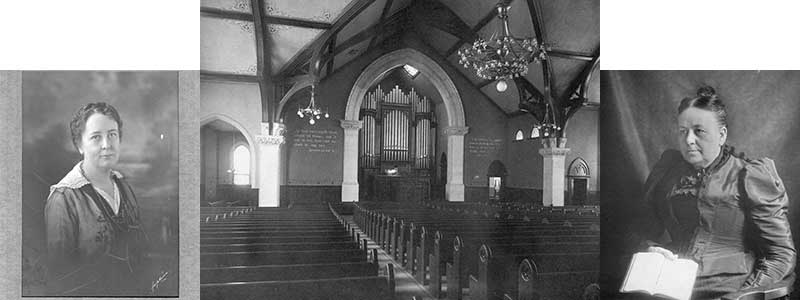
In 1921, the Christian Scientists had constructed a permanent building at the state fairgrounds after several years of meetings in a tent. Throughout the 1920s, lecture halls around the Twin Cities were filled with large audiences eager to hear about the possibilities of spiritual healing, the local newspapers printing the lengthy transcripts of the lectures in toto.
THE IVY TOWER
By 1930, the Second Church had grown to the point that it erected a nine-story administrative tower and reading room next door at 1115 Second Ave. So. This building was later known later as the Ivy Tower.
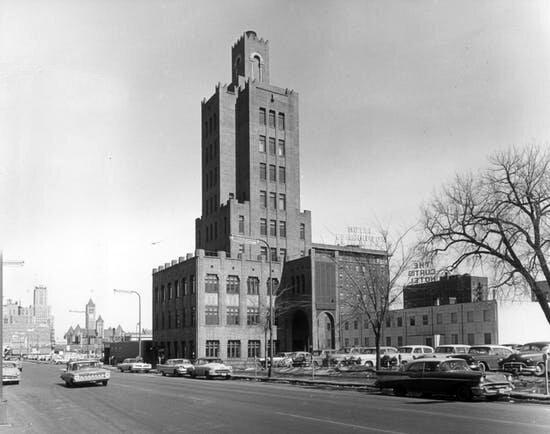
The tower was sold in 1965. It was demolished after 1973, and in 2007 a new Hotel stood in its place. In 2023, the name of that hotel, appropriately enough, was Hotel Ivy.
The Minneapolis Second Church had grand plans to construct the Midwest’s largest religious auditorium on the site, but the Great Depression nixed that plan.
In 1924, Abigail Dyer Thompson met Mrs. Anna L. Simons, a fellow resident of the Leamington Hotel in Minneapolis. Mrs. Simons was the widow of Henry L. Simons of Glencoe, Minn., a millionaire banker and land dealer who had left his estate to his widow Anna. Abigail had convinced Anna to will her estate to the to the church and dedicate it to construction of a “rest sanitorium” for the treatment of disease through prayer alone. Anna did just that, and after the will was successfully contested, there was still enough to build what became the Star of Bethlehem Home in St. Louis Park.
THE STAR OF BETHLEHEM
Once quite visible from Minnetonka Blvd., this stately brick mansion was built on the site of the former rambling McCartey house. Bob Whalen remembered that “The McCarteys were family acquaintances and prominent at the turn of the century.”
The present building on Minnetonka was built in 1924, designed by Frederick Mann, founder of the U of M’s School of Architecture, in American Colonial style. The home was prominently sited atop Fern Hill, 100 feet back from the street and a prominent sight on the north side of the street. It would have been easily visible to any drivers heading east or west as well as to any streetcar riders traveling the route. The Manhattan Park streetcar stop was at the intersection with Monterey Ave., with a small brick waiting pavilion on the north side of the street.
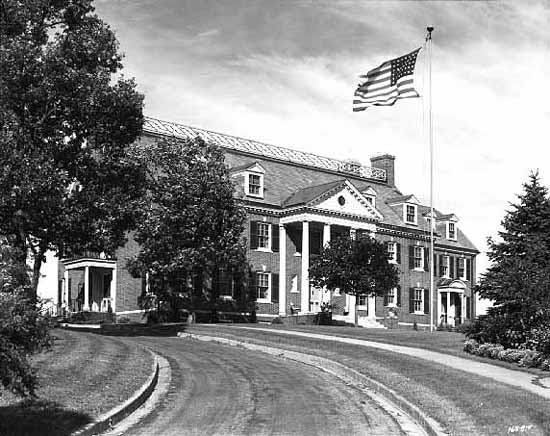
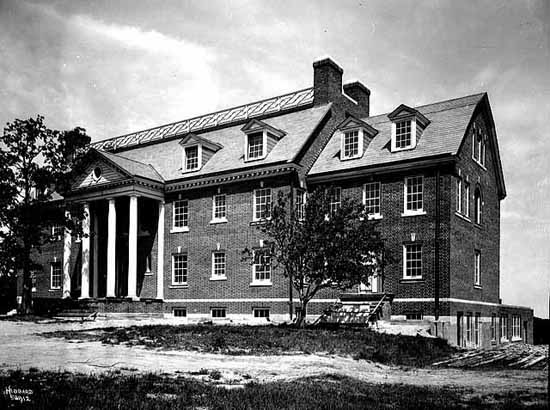
The aerial photo from 1940 below shows the prominence of the Star of Bethlehem Home as sited in 1924 at 4500 Minnetonka Blvd.
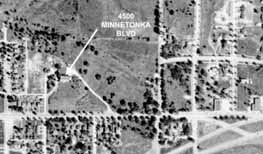
The Minneapolis Tribune reported that it would originally have accommodation for 12 guests, and that ground would be broken in July 1924. The cost would be $75,000. (July 6, 1924)
In 1933, the St. Louis Park directory listed Miss A.D. Thompson, President and Mrs. A. Robertson, Matron.
There was apparently a great interest in the home by someone, and the Minnesota Historical Society has a large collection of photos of the rooms from the 1940s.
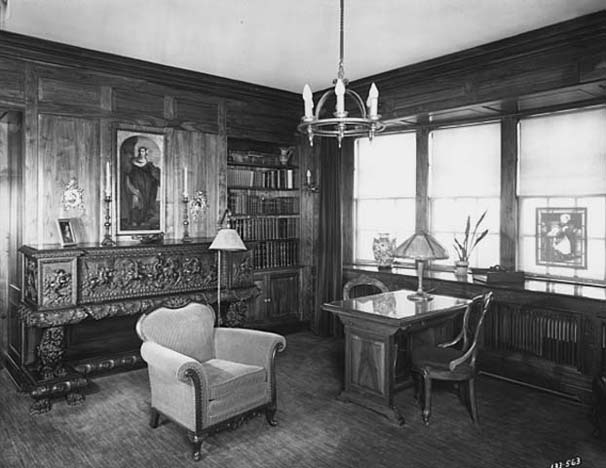
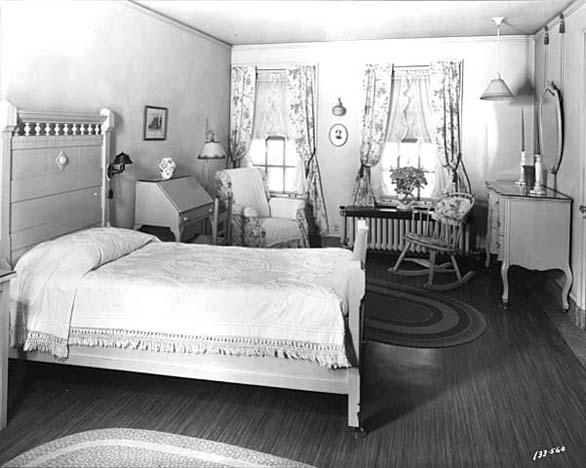
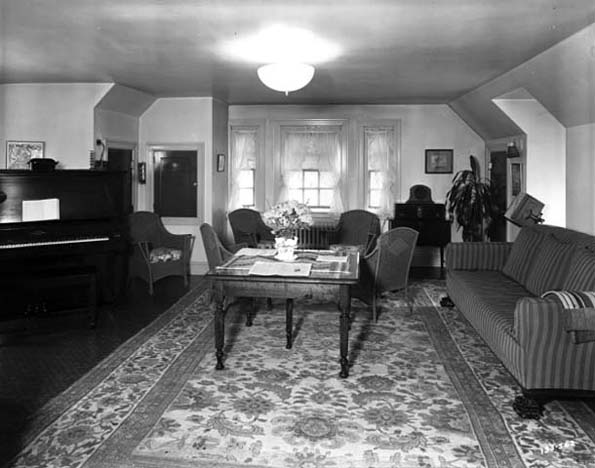
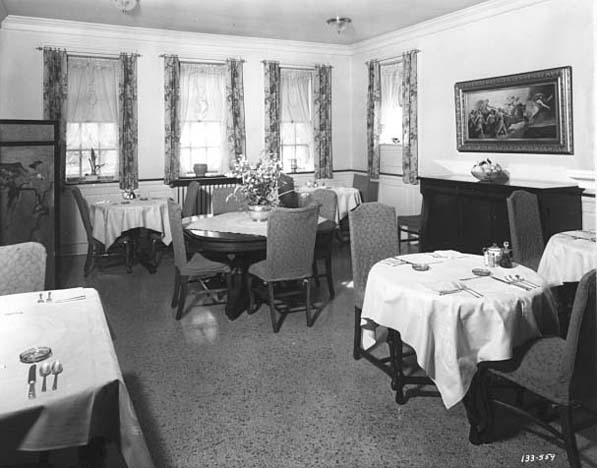
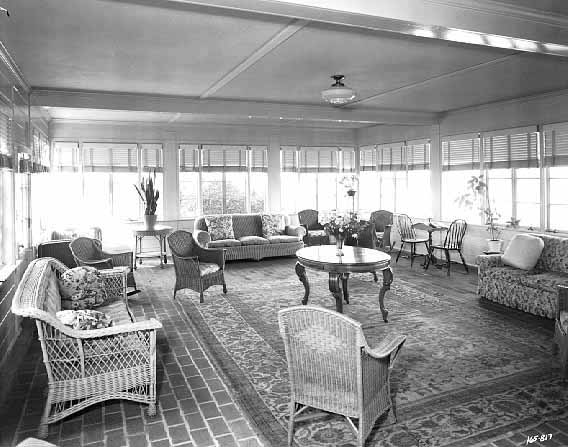
The Christian Science movement continued to boom; by 1965, there were eight churches of Christ Scientist in Minneapolis alone. The Park had established its own Christian Science congregation in 1951 when it took over the former Brookside Community Church at 4241 Brookside Ave. Several prominent people in St. Louis Park were members, including the Jackley family and Mrs. Smith, who owned the Colonial Inn. In 1989 the building was sold to St. Dunstan’s Anglican Church, and still qualifies as the Park’s oldest church building.
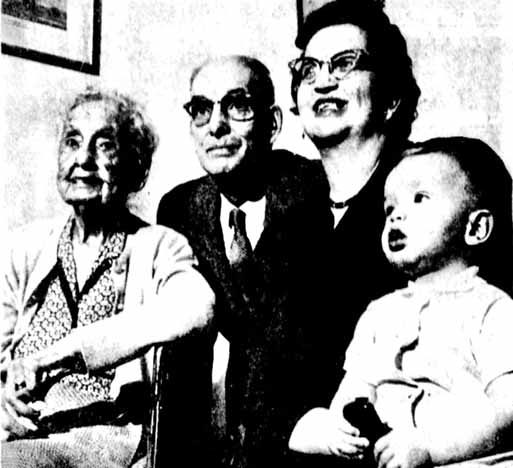
In 1999, Caroline Fraser, a refugee from Christian Science, wrote a book, God’s Perfect Child, describing her own father’s agonizing death via the sect’s anti-medical dogma and providing a general overview:
The teachings were radically simple. The founder and leader of the church, Mary Baker Eddy, taught that disease was unreal because the human body and the entire material world were mere illusions of the credulous, a waking dream. Those who awoke and knew the “Truth” could be instantaneously healed…Eddy’s definition of man was even more stark: “Man is not matter; he is not made up of brain, blood, bones, and other material elements.” We were instructed to repeat as needed for whatever ailment came along, from canker sores to cancer. The trick lay in the application: allow no hint of doubt, neither aspirin nor vitamin, a dogma so dire it was taken to absurd lengths…As a result, by the 1970s – a high-water mark for the church’s political power, with many Scientists serving in Richard Nixon’s White House and federal agencies – the church was well on its way to accumulating an incredible array of legal rights and privileges across the US, including broad-based religious exemptions from childhood immunizations in 47 states, as well as exemptions from routine screening tests and procedures given to newborns in hospitals. The exemptions had consequences: modern-day outbreaks of diphtheria, polio and measles in Christian Science schools and communities. A 1972 polio outbreak in Connecticut left multiple children partially paralysed; a 1985 measles outbreak (one of several) at Principia College in Illinois killed three.
According to the Pew Research Center regarding religious exemptions to civil child abuse and neglect statutes, “exemptions came into being as a result of federal requirements that no longer exist; they grew out of CAPTA, the Child Abuse Prevention and Treatment Act which was signed into law by President Richard Nixon in 1974…the requirements…for states to receive federal funding specified that a religious exemption must be added to the state’s child protection laws. In 1983, this requirement was removed.”
Minnesota had such an exemption on its books in the 1980s. On May 9, 1989, the Christian Scientist parents of 11-year-old Ian Lundman of Independence, Minn, (who was attending the Park’s Metropolitan Open School at the time), treated his juvenile-onset diabetes with nothing but prayer, following the advice of a St. Louis Park CS minister who unsuccessfully prayed for recovery from 35 miles away until Ian finally died.
The coroner classified the death a homicide, and the Hennepin County Attorney convened a grand jury that returned indictments for second-degree manslaughter against the parents and the clergyman. Eleven months after Ian’s death, the indictments were tossed and the charges dismissed by a district judge based on a 1983 Minnesota statute protecting, “parents who in good faith rely on spiritual means or prayer,” for medical treatment, a decision eventually affirmed by both the Minnesota Court of Appeals and the Minnesota Supreme Court. The legislature clarified the statute in 1990, slightly modifying the right of Minnesota parents to kill their minor children in the name of religion. It’s unclear whether that clarification has ever been tested.
Christian Scientists H.R. Haldeman and John Ehrlichman, of Watergate fame, ran Nixon’s White House. Movie and TV stars Carol Channing, Ginger Rogers, Doris Day, Mickey Rooney, Milton Berle, Robert Duvall, Joan Crawford, and Val Kilmer were reportedly practicing Christian Scientists. But in 1965, the Star of Bethlehem Home closed its doors for reasons unknown to us. Perhaps horror stories about occupants of the “rest home” had begun to leak out, as they did elsewhere. The facility’s “nurses” had no medical credentials and were there mainly to exhort guests to stick-with-it and gut-it-out through untreated pain at the end of life.
DAYSTAR MINISTRIES
The Star of Bethlehem property was sold in 1965 to Jack and Dorothy Winter. In December 1975, Jack and Dorothy, along with Howard and Florence Strom, all residents of Martinsville, Indiana, formally incorporated Daystar Ministries, Inc. in Minnesota.
Like its sister organization in Martinsville, Daystar was a Christian, communal living setup, with all possessions of the participating families pooled for the common good and glory of God. Jack and Dorothy had spent 11 years as part of a similar religious commune, (the Bethany Fellowship, which continues to exist today), located in Bloomington, Minn.
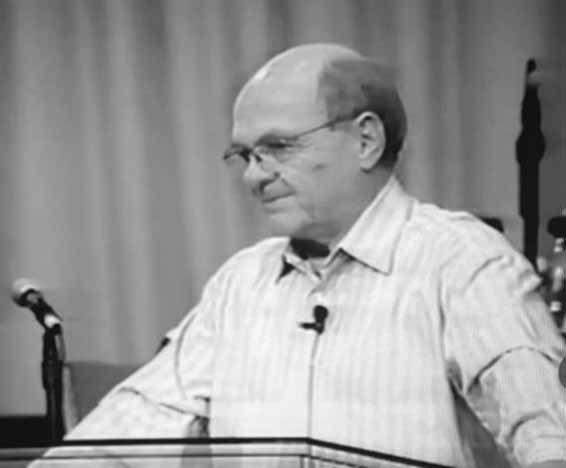
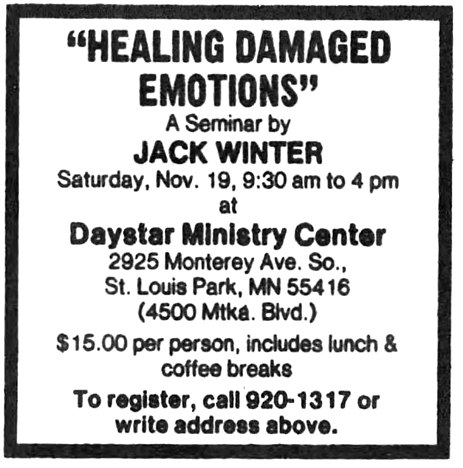
A formidable sermon-giver, Jack was back in town from his international travels in 1983, lecturing at the place he established Daystar. He was also there to sell off the front part of his property along Minnetonka Blvd to an apartment developer.
A Crookston, Minn. native, Jack must have been some kind of dynamic and charismatic preacher, because Daystar expanded rapidly, with hyper-energetic Jack opening branches in a dozen cities across the U.S. and carrying his message of salvation to Korea as well.
Charismatic Christians are a fairly recent movement among Protestant and Catholic denominations, supposedly surfacing around 1960, although some scholars see Pentacostals, who emerged around 1900, as the true beginnings of the movement. According to Pew, charismatics number around 25% of all Christians, worldwide. U.S. Supreme Court Justice Amy Coney Barrett is reportedly a charismatic Catholic. The term “charismatic” might even be applied to Mary Baker Eddy, but Christian Science appears to be on its way to a rapidly declining number of adherents, and it seems few wish to claim the Eddy legacy.
The building on Minnetonka Blvd. housed administrative offices for Daystar, but also operated as a home for wayward souls, alcoholics, drug addicts, unwed mothers, and various combinations thereof. Residents at the home shared chores, and attended classes in healing, Biblical praying, and relationships. In 1969, Park Insurance agent Lee Nystrom, who claimed to have practiced “white collar witchcraft” for years, credited Daystar with performing a successful exorcism of demon spirits from his body. In 1977, Daystar’s Director, Larry Ballard, was promoting an anti-homosexual, pray-away-the gay doctrine in lectures around town.
Stephanie Battleson lived in the building with her father and sister in the 1970s.
To me it was a magical place with secret passages and that old creepy elevator and the dumb waiter in the kitchen. My dad had a workshop on the first floor. I think he lived on the third floor (not quite sure). It was a very unique place to live, and I loved it. We would play in the hallway on the first floor – my sister (Sarah) would roller skate while I rode my tricycle. At times Sarah would play the piano in one of the rooms on the first floor. We would watch movies in the study I believe. We really had some great memories over the years in this home.
Jack and Dorothy incorporated J.D. International, Inc. in Minnesota in June 1986. In December of that year Daystar Ministries paid the new corporation $420,000 for the property; the mortgage likely left a big hole in Daystar finances as Jack and Dorothy moved on to bigger things.
Jack Winter died in Pasadena, CA in 2002. Some of his followers branched into multiple successor organizations. The name “Daystar” is itself a popular handle attached to multiple religious corporations around the country, from Texas to Oregon. Coming full circle, it is also the name of a Christian Science archive in Oklahoma.
Daystar eventually lost the property to Citizens Independent Bank in foreclosure. American Youth Hostels had a purchase agreement to buy it in 1992 pending a conditional use permit from the city. (Minneapolis Tribune, March 12, 1992). It was proposed as a 100-bed youth hostel, but after lengthy negotiations, the deal fell through. At the time it had 23 sleeping rooms.
The building was sold to Monterey Cohousing in 1992.
MONTEREY COHOUSING
By Leila Tite
A book titled Cohousing: A Contemporary Approach to Housing Ourselves was published in 1988 by architects Charles Durrett and Kathryn M. McCamant. It described a novel way for people to work together to develop homes that offer both privacy and community with the values of an old-fashioned neighborhood—safety, independence, mutual concern. It held the promise of real answers for people who wish to live intentionally and stop to look at where and how they live and at their impact on the environment.
The groundwork for Monterey Cohousing started in 1990, after an article about the concept appeared in the Utne Reader. More than 70 people showed up at a Twin Cities gathering to explore the idea, and they brocke into smaller groups based on whether they wanted to live in urban or rural areas and whether they wanted to start right away or in the future. (Minneapolis Tribune, July 15, 1995)
In 1991, the Twin Cities Cohousing Network was founded. A group of burning souls began the process of site selection. They were looking for an urban location suitable for development. The first site they looked at was a tax-forfeited lot near the Eloise Butler Wildflower Gardens that proved to be too difficult to build on. Even though the members lost their initial investment, they became more determined to find something that would work.
In the summer of 1991, one member found an ad for the 1924 Star of Bethlehem Home in St. Louis Park. They put in an offer for the building in December of 1991. Their offer was rejected in favor of American Youth Hostel Association, which planned to turn the building into a youth hostel. The Cohousers knew that the youth hostel project would have to clear several hurdles, so they decided to proceed on the assumption that the site would again become available.
They kept the earnest money that had been assembled, hired an architect, developed a business plan and began to talk with lenders so that they could move quickly if the property did become available again. During that time, they familiarized themselves with local development resources. The many housing cooperatives for seniors in the area became a valuable resource, both for information about cooperative living and decision-making and for early identification of professionals who might be available lo work with them. The similarities between Cohousing and the well-established model of senior housing with congregate dining helped them present the project to bankers, lawyers and the St. Louis Park City Planning Department in a way to which they could easily relate.
On October 16, 1992, they got the phone call they had been waiting for: the AYH ‘s purchase agreement had run out. There was only one catch: the owner wanted to close on the property before the end of the year. Thus began a mad flurry of finishing up legal documents and incorporating as a cooperative, securing an acquisition loan of $234,000 from a local bank friendly to cooperatives, and finding supplemental financing for the rehabilitation activities in the form of a $70,000 line of credit with a local coop development organization. Being ready for the opportunity paid off. They closed on the property December 18, 1992. The Star of Bethlehem Home became Monterey Cohousing Community.
WHAT’S COHOUSING?
At the time it was established, Monterey Cohousing was one of about 100 Cohousing communities in the U.S., although it has been used in Europe for centuries. It is not based on any ideology other than the efficiency and sense of community and neighborhood it engenders.
The defining characteristics of Cohousing as described by Charles Durrett and Kathryn McCamant include:
- Co-developed, co-designed, and co-organized with the group. There is a genuine and authentic participating process.
- Extensive common facilities that supplement and facilitate the daily living. Common facilities are perceived as an extension of each household’s own private house. Each household has a separate kitchen. Participation in community activities is optional.
- Designed to facilitate community interactions. Parking for cars is typically on the outskirts so that people are more likely to meet and interact.
- Completely resident managed.
- No hierarchy in decision making.
- No shared economy.
For more information about Cohousing, see the Cohousing Association of the US
The lenders required a 30 Percent equity position, so the 12 households active at that point invested a total of $100,000, in the form of down payments by residents and 8 Percent loans from the nonresident households. The first mortgage payments were due in February of 1993, so the eight households planning to move in had to sell their homes quickly and get out of their rental units. They all moved in and learned to live together while the renovations were happening.
In order to keep the project affordable, they decided to do much of the rehab work themselves. The 25 sleeping rooms and 18 bathrooms were remodeled into 8 separate apartments. The apartment units range from small two-room units of less than 500 sq. ft. each to a three-bedroom unit of over 1,500 sq. ft. The building also includes 6,000 square feet of common space: an elegant formal living room, a cherry-paneled library, three fireplaces, an existing institutional kitchen and large dining room, plus an exercise room, children’s room, laundry, shop facilities, and a large 3-season porch. The site is at the top of a 2 1/4 acre wooded hillside that slopes down to Fern Hill city park and playfields.
1986 APARTMENTS
In 1986 the 30-unit Monterey Place Apartments (4550 Minnetonka) were built on what had been the front lawn of the property, between the old building and Minnetonka Blvd. This necessitated a change of the old building’s address to 2925 Monterey. The apartments are now condominiums. This building has hidden the once-prominent building from sight from Minnetonka Blvd.
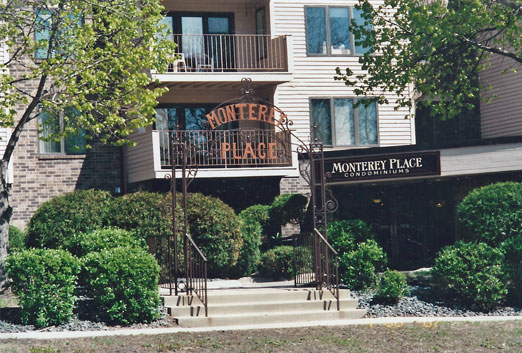
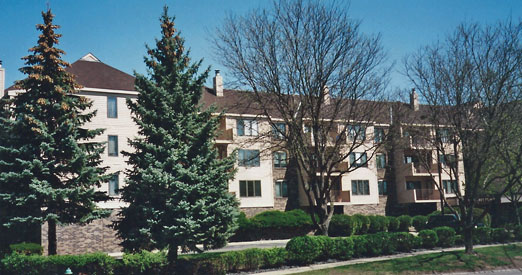
1996 TOWNHOMES
In 1996, 16 new townhomes were built on the property, developed by Dave Kingman. A tunnel connects the townhomes to the 2925 main building, so that everyone can come over for community meals and meetings during inclement weather. During the spring, summer and fall, community meals happen in the courtyard between buildings.
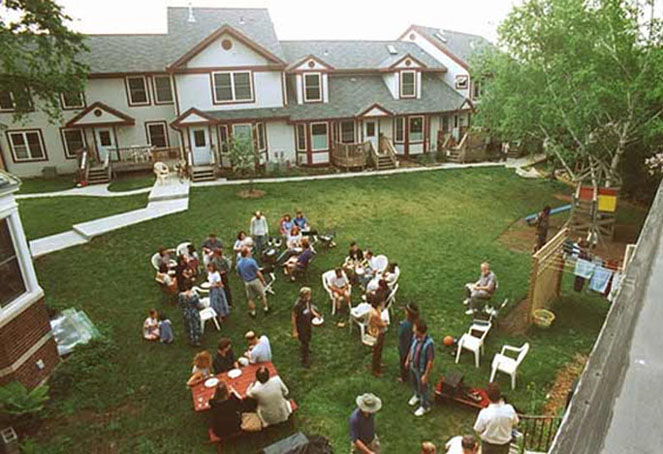
Most of the original founders have moved on, but there are still households remaining from the original pioneers. It hasn’t always been easy. One of the founders says, “Cohousing is a graduate level class in human nature.”
The cooperative values that are still important to cohousing members are self-help, self- responsibility, democracy, equality, equity, and solidarity. Members believe in honesty, openness, social responsibility and caring for others. This helped everyone in the community deal with the social isolation imposed on us by the COVID-19 pandemic.
Loneliness and social isolation were already on the rise before COVID. They can be as much of a risk factor for premature death as smoking and sedentary lifestyle, according to a 2020 report from the National Academies of Sciences, Engineering, and Medicine NASEM. Getting to know your neighbors and working collaboratively towards common goals helps to get people motivated to be of service to others on a manageable small scale.
Cohousing isn’t for everyone. For those who are willing to undertake the journey to become more self- aware and learn how to compromise with other people who may have different values or lifestyles to achieve mutually beneficial goals, it can be a rewarding experience. See the Monterey Cohousing Community website for more information.
Shared dining and food prep are core activities of the Monterey Cohousing experience as photos from 2018 and 2019 show.
